by
 Ann Canning
Ann Canning
This is the week that all participants will have an opportunity in class to have a Zoom conversation in a break-out room with an assigned classmate. During that 20-minute time slot, you will be sharing ideas for adding to each other's Network Album and asking questions about how the album's primary sources can be used in a community of learners.
You have found many unique primary sources during this Leadership course, and your comments on our Canvas Discussion Board indicate that you searched both loc.gov and tpsteachersnetwork.org successfully. This week, we ask you to review your album description and the teacher notes section that is included in every primary source. If you have not already filled in some of these sections, add some specific inquiry questions and match your primary sources with one of the TPS inquiry strategies that you have experienced in class or earlier.
As you review the album created by your assigned peer review partner, we encourage you to share these observations about their album:
- One gem or outstanding primary source included in this album.
- One question you have about the album.
- One opportunity for adding to this album.
Thank you for this close read of primary sources and deep dive into the archives at loc.gov and this Network.
--Ann Canning
 Ann Canning
I am happy to provide PD via Zoom for this and any of the other maps/resources. Photogrammar is part of a larger digital humanities site, New American History. All free and free virtual PD is always an option.
Ann Canning
I am happy to provide PD via Zoom for this and any of the other maps/resources. Photogrammar is part of a larger digital humanities site, New American History. All free and free virtual PD is always an option.
 Ann Canning
I am happy to provide PD via Zoom for this and any of the other maps/resources. Photogrammar is part of a larger digital humanities site, New American History. All free and free virtual PD is always an option.
Ann Canning
I am happy to provide PD via Zoom for this and any of the other maps/resources. Photogrammar is part of a larger digital humanities site, New American History. All free and free virtual PD is always an option.
Aaron,
Many of the LOC images are geolocated here in Photogrammar, a digital mapping project from the University of Richmond Digital Scholarship Lab. You may break them down by city, town or county level and by topic.
Learning Resources are also included.
 Anne Evans
, this is an amazing resource! I can't wait to take a deep dive and search for images from my home state of North Carolina and especially Guilford County where we have traced the first family member who fought in the Revolutionary War.
Anne Evans
, this is an amazing resource! I can't wait to take a deep dive and search for images from my home state of North Carolina and especially Guilford County where we have traced the first family member who fought in the Revolutionary War.
The Photogrammar tools for searching by theme, location, date, photographer make the collection from the Farm Security Administration (FSA) and the Office of War Information (OWI) so accessible to teachers and students. I love the name of this project and the explanation given on the project website for how the name and the project evolved. https://photogrammar.org/about
Are there ongoing PD opportunities to learn more about Photogrammar and how it is being used in K-12 classrooms?
Aaron,
Many of the LOC images are geolocated here in Photogrammar, a digital mapping project from the University of Richmond Digital Scholarship Lab. You may break them down by city, town or county level and by topic.
Learning Resources are also included.
This album contains 3 sources I feel are intriguing yet simple enough to catch the attention of prek-2nd grade minds and inspire them to want to learn more as they grow.
This album is a work in progress*
Topics: Rosenwald schools, Equalization schools, school segregation in SC, Brown v. Board of Education
Audience: Grades 11 - College
This album is intended to accompany an intensive field experience where teachers from South Carolina participate in a series of visits to multiple local historical sites. The local teachers will explore the built environments of schools that exclusively served African American students during the prolonged period of segregation.
The album exists to connect local histories, descriptions of administrative policies, and illustrations of student experiences to the larger theme of segregated schooling in South Carolina.
Key Learning Objective:
- Participants will develop a more nuanced understanding of place as it relates to schooling environments
Aaron,
Many of the LOC images are geolocated here in Photogrammar, a digital mapping project from the University of Richmond Digital Scholarship Lab. You may break them down by city, town or county level and by topic.
Learning Resources are also included.
This is a great image! It fits in well with your unit theme, and the CER strategy is an excellent match for this visual evidence.
One thing you could add for other teachers in your Network Album is a one-sentence definition of CER and a link to a more complete model description. Both in-service and preservice teachers who have not encountered this before will appreciate the information.
Inside workers shaft #6 Pennsylvania Coal Company. Location: South Pittston, Pennsylvania.
CER - I would like to use the Image for a Bell Work when we start to talk about the role of Children in the Second Industrial Revolution. The students will start by making a claim or observations about the photo. They they will be given time to find evidence to support their claim. After that they will need to use reasoning to support their claims. second industrial Revolution
I Like the image because you can see just how young the workers are. It also shows the health hazards and dangers of working the mines by noticing the dirt on their faces. I also want to see the reaction of my student when the learn this photograph is from Pennsylvania.
Testimonials
- I love that there is new info on the site daily!
- I had a wonderful time working with the Library of Congress and learning about all of the resources at my fingertips!
- The TPS Teachers Network has an equal exchange of ideas. You know it's not a place where you're being judged.
- My colleagues post incredibly fine resources and ideas....the caliber of the suggestions and resources make me feel that I take a lot from it. It's a takeaway. And I hope that I can give back as much as I get.
- Going into this school year, I have a fantastic new resource for my own instruction and to share with my colleagues!
- I am very glad that I discovered the TPS Teachers Network through RQI. Great resources can be hard to find out there on the internet!

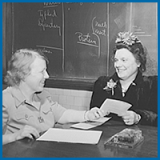


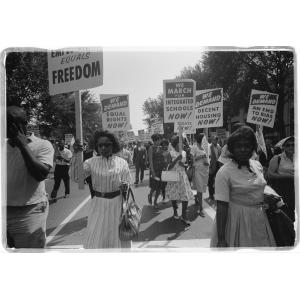
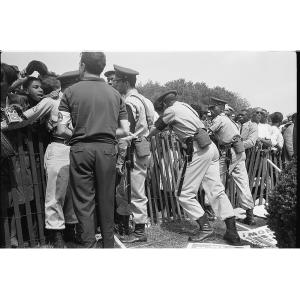




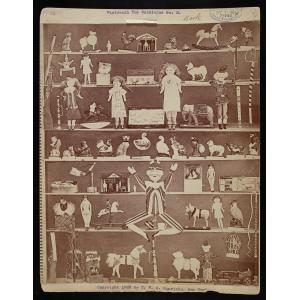
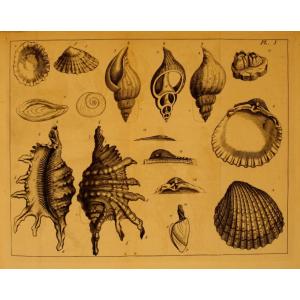
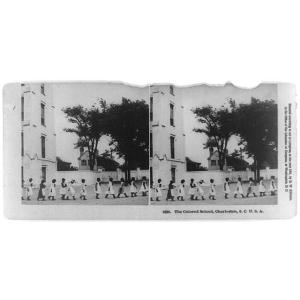
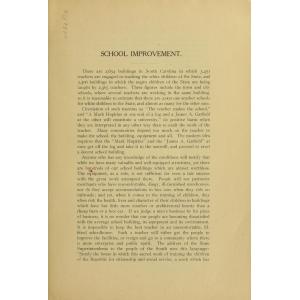
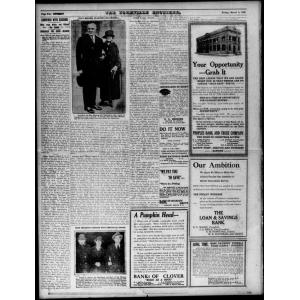
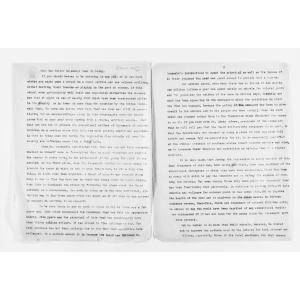

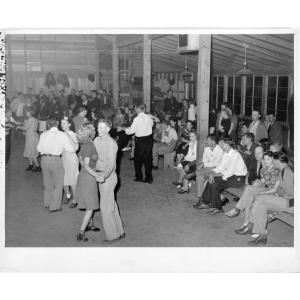
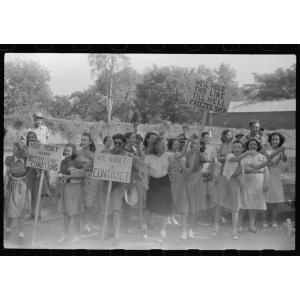
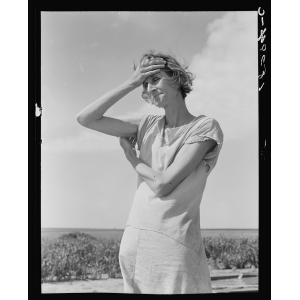
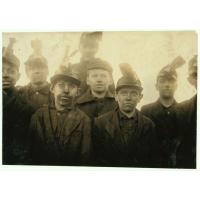
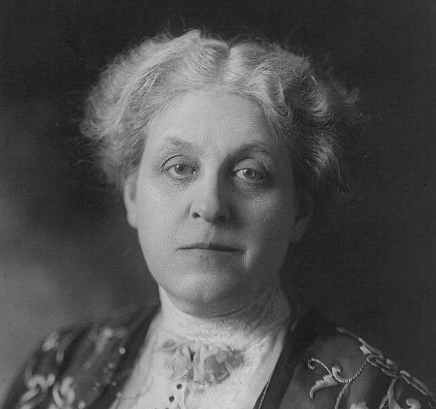
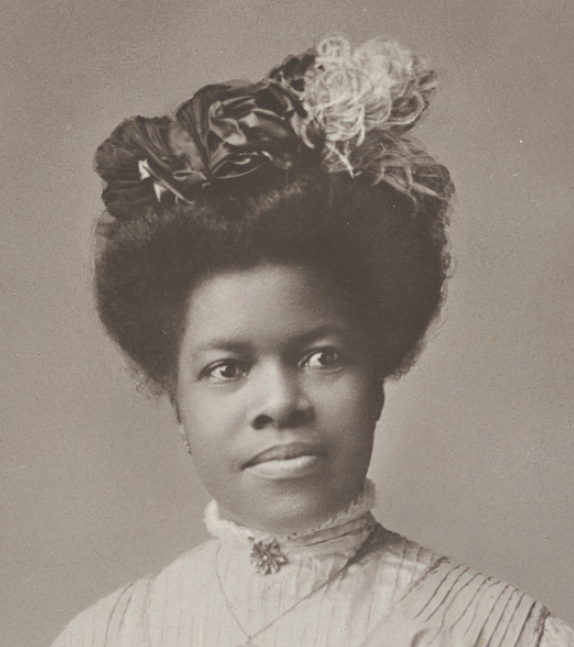
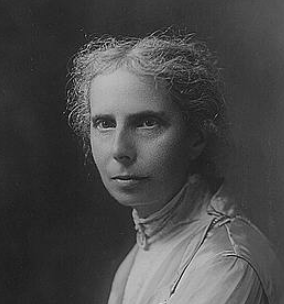
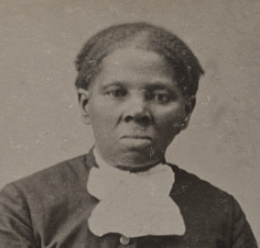


Good news! Thanks Anne. I'll get in touch with you.